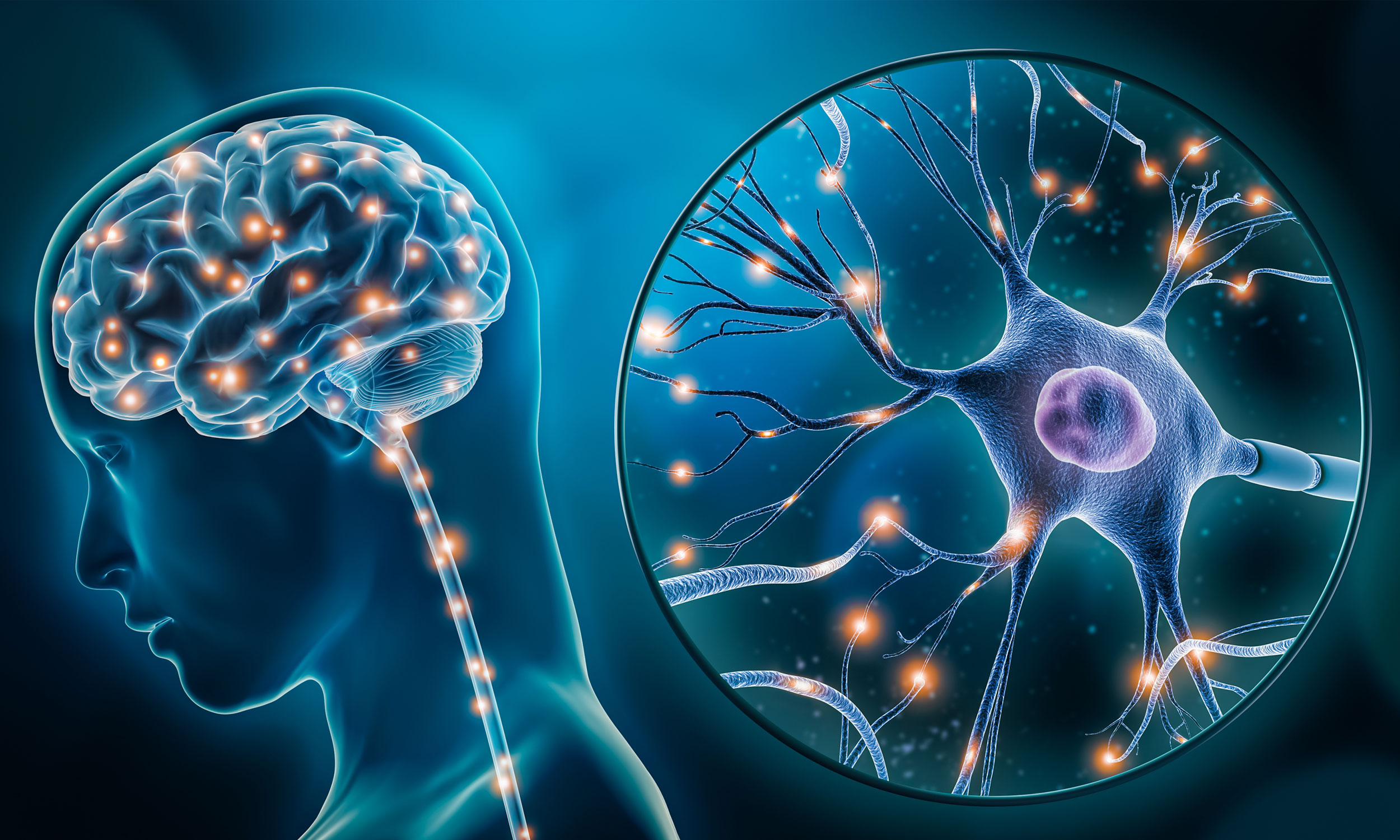The absolute purpose of the autonomic nervous system is to keep us alive.
The autonomic nervous system is a kind of autopilot for the human body, which allows the heart to beat, the lungs to breathe or the digestive system to do its job automatically, without us needing any help at any time or having to think about it to make it happen.
Its role also lies in a permanent surveillance of our environment: it continuously scans the external and internal world of the individual, always on its guard, in order to check if we are really safe.
This process completely escapes conscious perception: the Psychologist, Dr. Stephen Porges, proposes the term “neuroception” to describe the way in which the nervous system detects signals of danger and safety in the environment, without the conscious parts of the brain being involved.
There are two states of the autonomic nervous system
A state of security or social engagement in which one feels safe to connect and exchange with others where vital energy is mobilized for digestion, relaxation, and regeneration (proper functioning of the body’s immune system and also creativity and innovation). This state is managed by the ventral branch of the vagal or parasympathetic nervous system. To activate this branch the body must feel safe.
The second state is the stress response: what is called a survival response when it is adaptive and does not last long. It is totally healthy, even necessary.
Stress responses can be classified into two categories:
- Fight/Flight
- Freeze (Immobilization)
What is called the “survival response” corresponds to the body’s adaptation to a situation that involves danger. The nervous system instantly and automatically detects the best option between these different physiological possibilities: we know the trio “Fight, Flight, Freeze” (Combat, Escape, Immobilization)
-
Fight/flight response by norepinephrine production from cortisol
Activation of the sympathetic nervous system prepares the body for action. In response to stress, it orchestrates the so-called “fight or flight” response, which leads to the dilation of the bronchi, acceleration of cardiac and respiratory activity, increased blood pressure, dilation of the pupils, an increase in perspiration, a decrease in digestive activity, …
This system is associated with the activity of two neurotransmitters: norepinephrine and adrenaline. Its activation triggers the secretion of cortisol, the famous “stress hormone”.
-
The immobilization response
When a danger of death is detected and we feel that we are no match for the enemy, to attack and flee, the dorsal branch of the parasympathetic or vagal system is activated: the body reacts by playing dead to discourage the assailant. This would also lead to a reduction in metabolism. Excessive activation of this dorsal system can lead to vagal discomfort or even cardiac arrest. All this explains why a person attacked and powerless to defend themselves falls into a state of stupefaction, or dissociation, immobility, submission; much like the victims of sexual assault.
Thanks to the work of this American scientist, professor of psychology and neuroscience, Professor Stephen Porges, states that our autonomic nervous system is made up of 3 branches and not just two!
His “poly-vagal theory” presents that the parasympathetic system (also called the vagus nerve) is actually two-fold: we have two vagus nerves!
We therefore have a sympathetic nervous system and two parasympathetic nervous systems that differ in their anatomy and function.
Defensive activation of this dorsal branch of the parasympathetic nervous system occurs when we are unable to fight or flee danger, when we are trapped and helpless, or when we are faced with life-threatening danger. This is the ultimate escape route. Certain states of anxiety can often be understood as symptoms of an immobilization reaction that never had a chance to “let go” or “unfreeze” once the original experience was over. Many features of post-traumatic stress disorder are directly related to this type of uncorrected trauma.
When our ego takes hold of this state to maintain it over time (rumination), when we undergo a violent trauma that could not be treated well, or when we experience chronic stress, our brain perceives threats everywhere. As a result, our perception of reality changes, and our nervous system becomes out of whack.
We will see in my next article, the different approaches and tools that help regulate the autonomic nervous system and activate the ventral branch of the parasympathetic system.
Reference:
- Stephen W. Porges,2011. The Polyvagal Theory: Neurophysiological Foundations Of Emotions Attachment Communication and Self-Regulation. WW Norton, 26 avril 2011. 416 pages.






